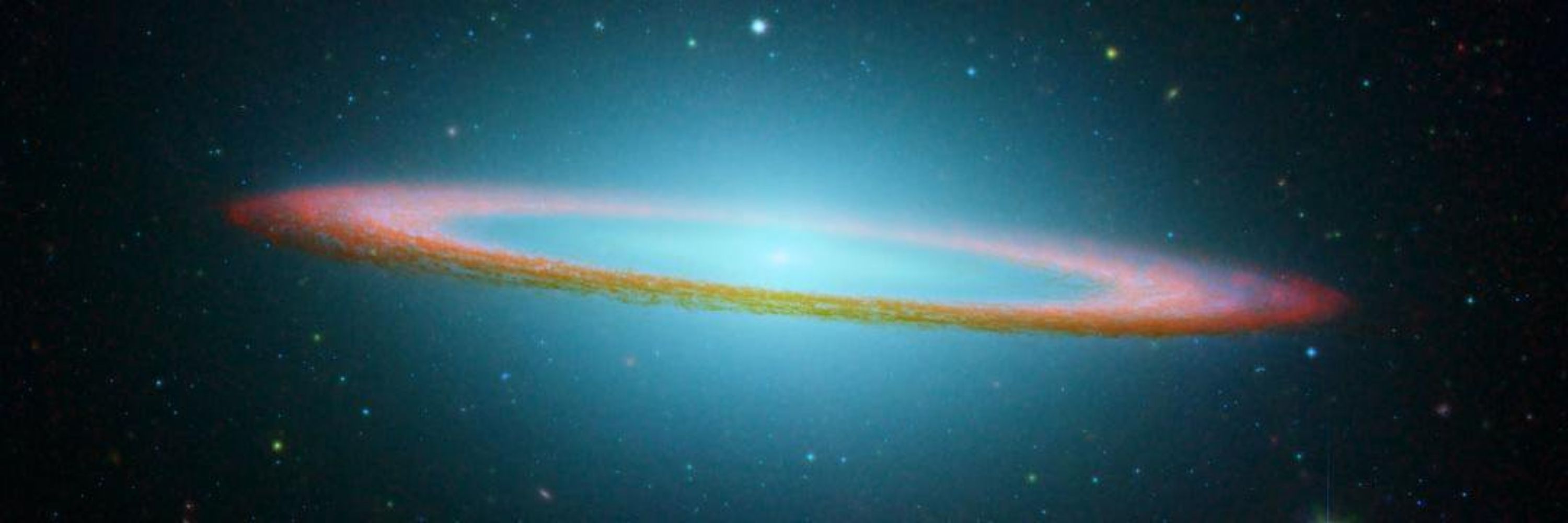


(Credit: ESO)

(Credit: ESO)

Credit:ESA/Hubble & NASA

Credit:ESA/Hubble & NASA
CREDIT:NASA 1972

CREDIT:NASA 1972

(Credit: CTIO/NOIRLab/DOE/NSF/AURA / T.A. Rector, M. Zamani & D. de Martin)

(Credit: CTIO/NOIRLab/DOE/NSF/AURA / T.A. Rector, M. Zamani & D. de Martin)

Dust Devils on Mars - NASA/JPL-Caltech/

Dust Devils on Mars - NASA/JPL-Caltech/
While aboard the @Space_Station earlier this year, @Astro_Jeanette captured the perfect shot: a long-exposure photo showcasing streaks of city lights across Western Australia, with swirls of stars glittering above Earth’s golden-red atmosphere

While aboard the @Space_Station earlier this year, @Astro_Jeanette captured the perfect shot: a long-exposure photo showcasing streaks of city lights across Western Australia, with swirls of stars glittering above Earth’s golden-red atmosphere


Credit: ESA/Webb, NASA, CSA.

Credit: ESA/Webb, NASA, CSA.
The two stars at the center of this James Webb Space Telescope image appear as an orange-white splotch. They are ingesting and ejecting gas and dust … over and over. Millions of years from now, they’ll clear the scene.
Credit: NASA, ESA, CSA.

The two stars at the center of this James Webb Space Telescope image appear as an orange-white splotch. They are ingesting and ejecting gas and dust … over and over. Millions of years from now, they’ll clear the scene.
Credit: NASA, ESA, CSA.





- You're on a planet that orbitis a star at 30km/s
- That star is orbiting the center of a galaxy at 230km/s
- That galaxy is moving trough the universe at 600km/s.
Since you started reading this, you have traveled about 3000km.

- You're on a planet that orbitis a star at 30km/s
- That star is orbiting the center of a galaxy at 230km/s
- That galaxy is moving trough the universe at 600km/s.
Since you started reading this, you have traveled about 3000km.


Credit: Copyright Josh Calcino

Credit: Copyright Josh Calcino


